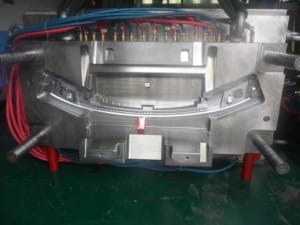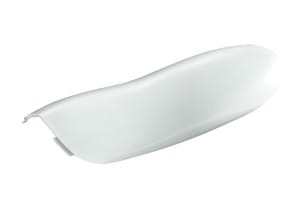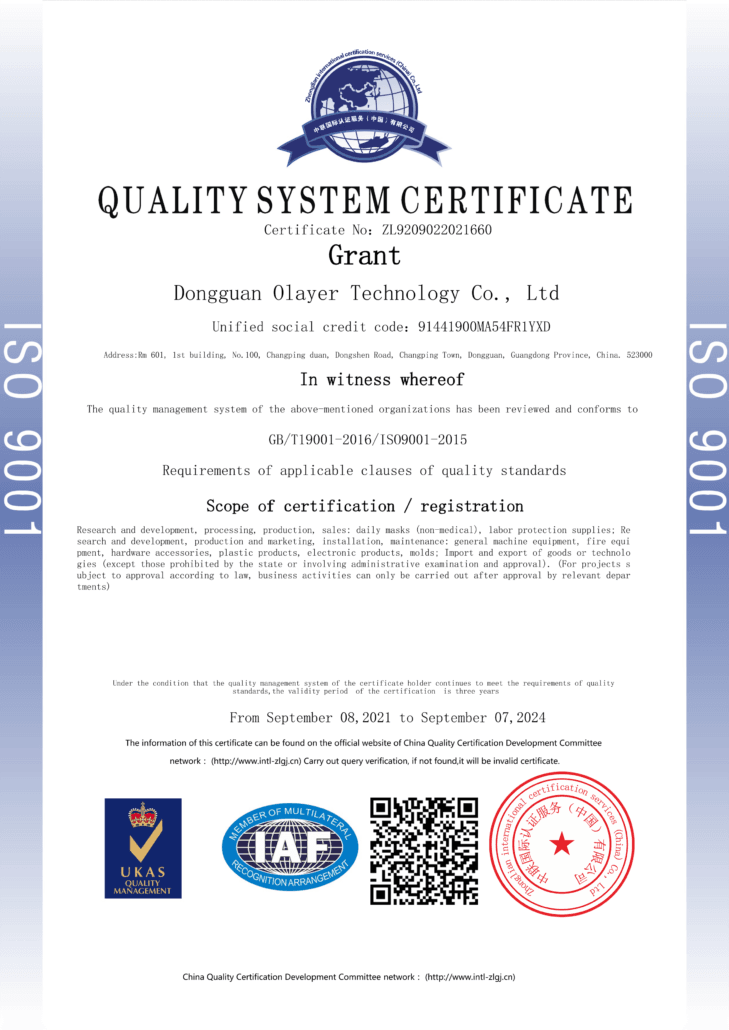What is Plastic Mold
Plastic mold, sometimes called dies, or simply injection mold tools, are terms to describe the basic tool used to produce plastic injection molded parts. These tools are generally made of tool steel so that they will last for millions of cycles. Relatively speaking, they are expensive to manufacture as they require highly specialized precision machinery and a considerable amount of very highly skilled labour. Because, if well maintained, they almost never wear out, the tooling costs are such a tiny percentage of the finished part cost in long production runs. That it is always worth doing a superlative job on the tooling, in the beginning, to minimize maintenance costs and downtime once production is in-process.
Other materials may be chosen for shorter runs when tooling costs are a factor. Such materials as pre-hardened steels, aluminum, and beryllium copper may be used when production volumes do not warrant the expense of fully hardened steel tooling. While all attempts are made to use standardized molding components, like ejector pins, limit, switches, springs and such, many of these components, though standardized sizes, are not mass produced and require fabrication after an order is placed for them, so tend to increase the costs of the plastic molds. Careful design and engineering will keep the costs down while making sure the mold has the ability to produce the required quality and last throughout the expected life of the production.
Injection Molded Parts
Plastic injection mold tools need to be designed to open and close to accept the high pressure molten plastic resin then seal well as the plastic cools and hardens, and finally open up so that the parts may be removed from the mold. The seam in the two halves of the mold is called a “parting line.” The half of the tool through which the molten plastic is injected is called the “hot half” since it contains the sprue and runner to carry the molten plastic to the mold cavity. The other side of the mold is referred to as the “ejector half,” since it contains the ejector pins or sleeves that automatically eject the finished parts once the tool is open.
Depending on the desired volumes, part sizes, and other factors, replaceable cavities may be recommended built into the mold plates, (sometimes called mold base) that can be shut off, repaired, and such so that the entire mold tool is not forced out of production if one of the mold cavities requires maintenance. If it is a 4 cavity mold, for instance and one cavity needs to be repaired or replaced – the mold can still operate, outputting three parts per cycle instead of 4 while the off-spec cavity is being worked on.
Proper plastic mold making is best left to experts. Precision CNC machining equipment, Electrical Discharge Machining (EDM) equipment and precision grinding equipment are needed to make good usable injection molds. This equipment must be operated by very skilled operators to get the very tight tolerance, precision fit parts needed for an injection mold.
HYX mold is a world class injection mold china supplier with the capability to design and build inexpensive and efficient molds to produce your parts, and the modern efficient machinery to mold your parts efficiently, accurately and inexpensively. So far, our reputation as being an on-time reliable, quality and cost-effective supplier has been growing, mostly by word of mouth. Our passion for injection molding shows in our products and in the way we care for our customers.



